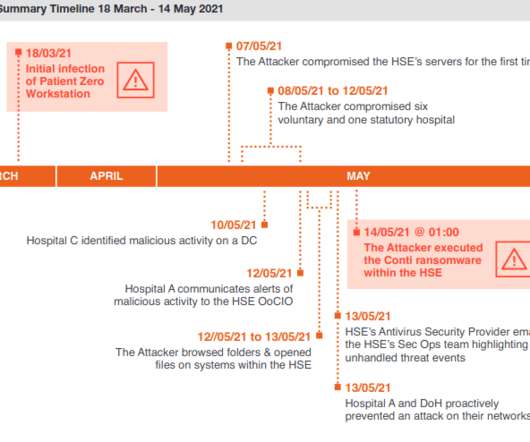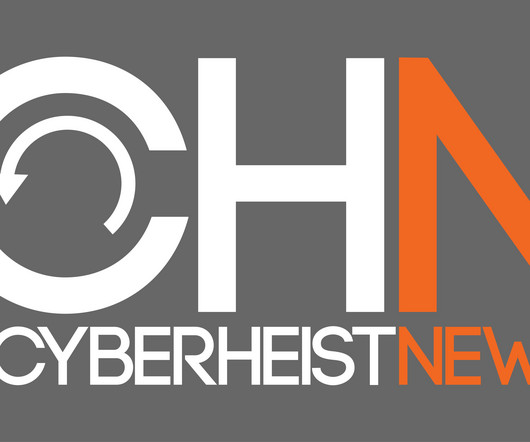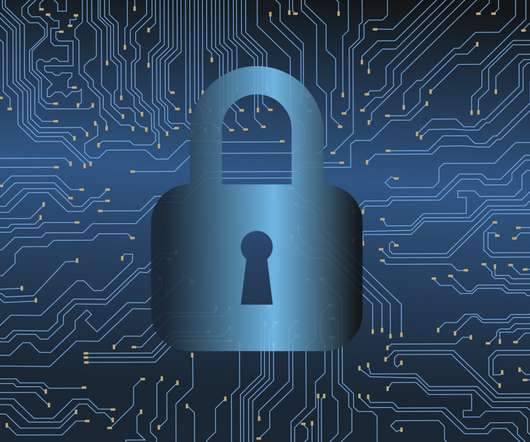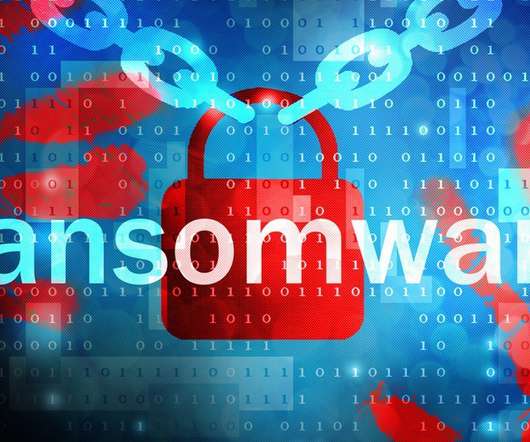Inside Ireland’s Public Healthcare Ransomware Scare
Krebs on Security
DECEMBER 13, 2021
On May 10, one of the hospitals detected malicious activity on its Microsoft Windows Domain Controller, a critical “keys to the kingdom” component of any Windows enterprise network that manages user authentication and network access. In October 2020, KrebsOnSecurity broke the story that the FBI and U.S.














Let's personalize your content